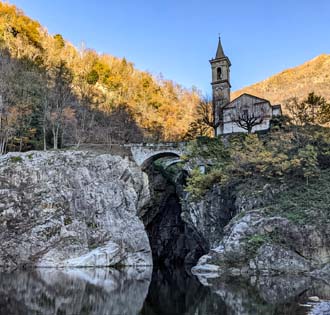
 7.5 Km
7.5 Km
 310 mt
310 mt
 2h00'
2h00' zu fuß

Gorges, ravines, potholes and huge polished rock walls… one could wonder: what did shape all of this beauty? The answer lies in a few billions of years of history and changes that gave birth to the chain of the Alps.
Let’s take a step back to Jurassic! The dinosaurs rule the world, the large Pangaea begins to divide and the primordial continents set apart. Then the Cretaceous arrives, the dinosaurs go extinct and in the meantime Africa and Europe switch their direction and get close to each other. They get so close that, during the Eocene, they collide and in this right moment the alpine orogeny begins. The rocks bend, they overlap each other. Africa goes above and Europe goes below. This collision results in a thickening of the surface of the Earth, by a few kilometers: the chain of Alps is being born! In the meantime the temperature falls and the first glaciers are born. They become larger and larger, so much so that the whole Alps are covered by a layer of ice that reaches a thickness of 2 kilometers in some points, and these glaciers cover even Lake Maggiore. In their continuous movement, the glaciers and the subglacial rivers, strongly flowing, whirling and spinning, erode the rocks shaping the earth very deeply: that’s how the alpine valleys are born. Then the temperature rises and moraines are left, glacial erratics and clear signs of erosion like ravines and gorges, well visible in the area that is today named as “the glacial garden of the ravines of Uriezzo”.
WATCH THE ANIMATED VIDEO:




